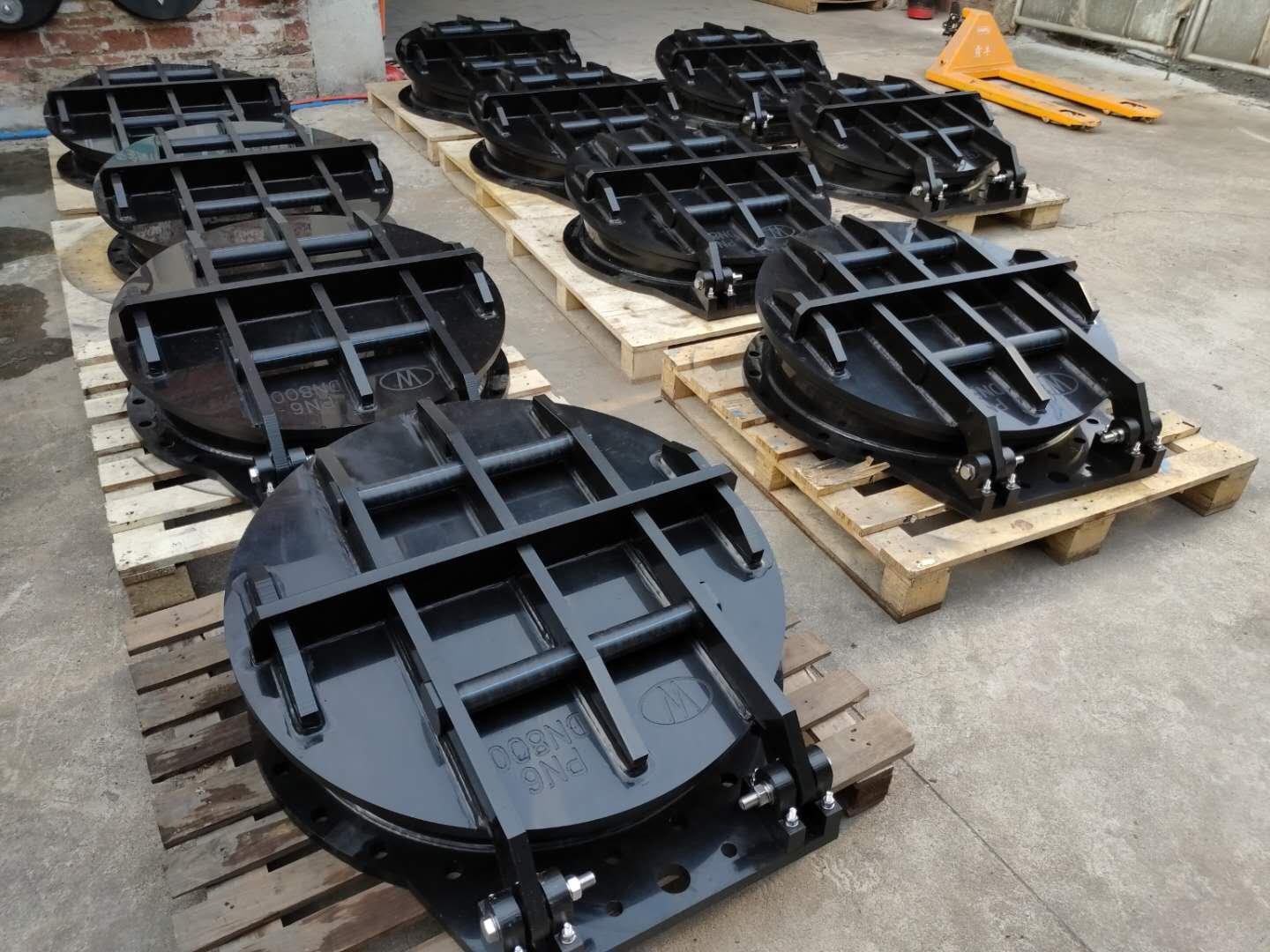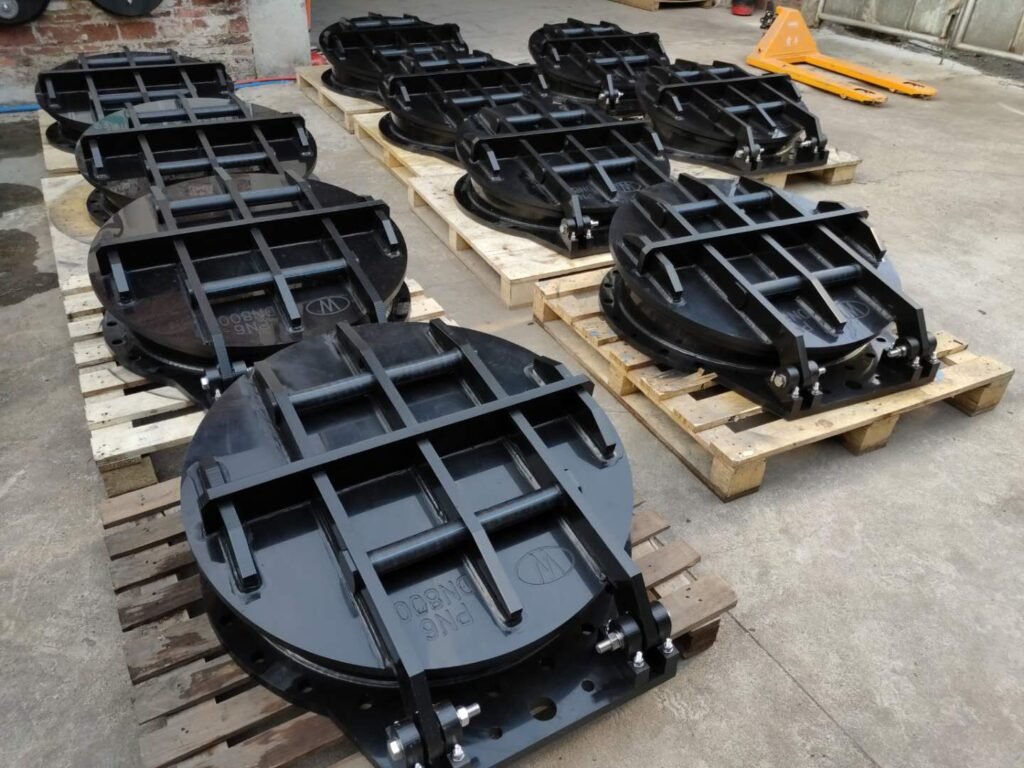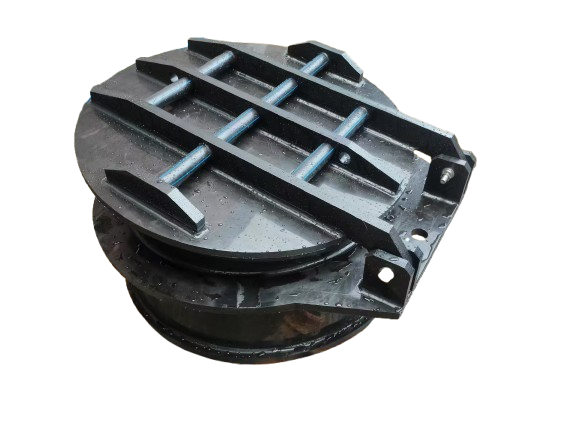Technical Insights & Solutions
Expert knowledge from our engineering team to help you make informed decisions and solve complex challenges
What is a flap valve?

What is a flap valve?
Are you worried about uncontrolled backflow damaging your pipelines and causing floods? This can lead to expensive repairs and environmental issues. A simple flap valve is your best defense. A flap valve is a type of non-return valve, often installed at the end of a pipe. Its main job is to let water or sewage flow out but automatically slam shut to prevent anything from flowing back in, protecting your system from flooding and contamination. Now that you know the basics, you are probably wondering about the specifics. You need to know how it works and, more importantly, which type is right for your project. Let’s break down its function, compare it to other valves, and even see how nature uses the same principles. This will help you make the best choice.
Now that you know the basics, you are probably wondering about the specifics. You need to know how it works and, more importantly, which type is right for your project. Let’s break down its function, compare it to other valves, and even see how nature uses the same principles. This will help you make the best choice.
What is the function of a flapper valve?
Protecting your drainage system from backflow is critical for safety and operation. A single backflow event can cause widespread contamination and costly flooding. The flap valve offers automatic protection. Its primary function is to permit one-way fluid flow, perfect for drainage or wastewater outfalls. The valve’s door, or “flap,” opens from the pressure of the outflowing liquid and closes automatically from gravity or backpressure, sealing the pipe from reverse flow. The core function is simple, but choosing the right valve is more complex. The material is the most important factor. It depends entirely on your working conditions. In my factory, we produce flap valves from many materials because each one solves a different problem. For a standard drainage pipe with no special needs, Carbon Steel is a great choice. It is strong and very cost-effective. But if that pipe is in a corrosive environment like seawater, you absolutely need Stainless Steel to prevent rust and failure. A common mistake I see is using an HDPE flap valve in a system with a pump. The negative pressure from the pump can actually warp the HDPE valve, causing it to fail. In that situation, a much more rigid Ductile Iron flap valve is the correct choice. Understanding these differences is key to making sure the valve functions correctly for years.
The core function is simple, but choosing the right valve is more complex. The material is the most important factor. It depends entirely on your working conditions. In my factory, we produce flap valves from many materials because each one solves a different problem. For a standard drainage pipe with no special needs, Carbon Steel is a great choice. It is strong and very cost-effective. But if that pipe is in a corrosive environment like seawater, you absolutely need Stainless Steel to prevent rust and failure. A common mistake I see is using an HDPE flap valve in a system with a pump. The negative pressure from the pump can actually warp the HDPE valve, causing it to fail. In that situation, a much more rigid Ductile Iron flap valve is the correct choice. Understanding these differences is key to making sure the valve functions correctly for years.
Flap Valve Material Selection Guide
| Material | Best For | Key Considerations |
|---|---|---|
| HDPE | General drainage, low-pressure outlets | Lightweight, corrosion-resistant, but not for negative pressure systems. |
| Carbon Steel | Standard, non-corrosive conditions | Cost-effective and strong for general-purpose use. |
| Ductile Iron | Systems with pumps (negative pressure) | Very rigid and robust, resists deformation from suction. |
| Stainless Steel | Seawater, chemical, or corrosive fluids | Highest corrosion resistance, but also the highest cost. |
What is the flap valve in the lungs?
Have you ever wondered how your body performs complex actions so easily? Many biological parts work just like the industrial products I manufacture. The epiglottis in your throat, for example, functions like a flap valve. The “flap valve” in our respiratory system is the epiglottis. It is a flap of cartilage located in the throat behind the tongue. When you swallow, it covers the opening of your windpipe, preventing food and liquids from entering your lungs. This biological mechanism is a perfect analogy for what our industrial flap valves do. The epiglottis protects a critical system, which is your lungs, from foreign contaminants like food and water. An industrial flap valve also protects a critical system, your infrastructure, from contaminants like floodwater or sewage backflow. The trigger is different, of course. For the epiglottis, the trigger is the physical act of swallowing. For an industrial flap valve, the trigger is backpressure from rising water levels. But the result is identical. A flap covers an opening to ensure one-way passage and prevent contamination. This comparison shows how fundamental this simple mechanical principle is. Whether it is protecting a human body or a city’s drainage network, the concept of a reliable flap valve is essential for safety and proper function.
This biological mechanism is a perfect analogy for what our industrial flap valves do. The epiglottis protects a critical system, which is your lungs, from foreign contaminants like food and water. An industrial flap valve also protects a critical system, your infrastructure, from contaminants like floodwater or sewage backflow. The trigger is different, of course. For the epiglottis, the trigger is the physical act of swallowing. For an industrial flap valve, the trigger is backpressure from rising water levels. But the result is identical. A flap covers an opening to ensure one-way passage and prevent contamination. This comparison shows how fundamental this simple mechanical principle is. Whether it is protecting a human body or a city’s drainage network, the concept of a reliable flap valve is essential for safety and proper function.
